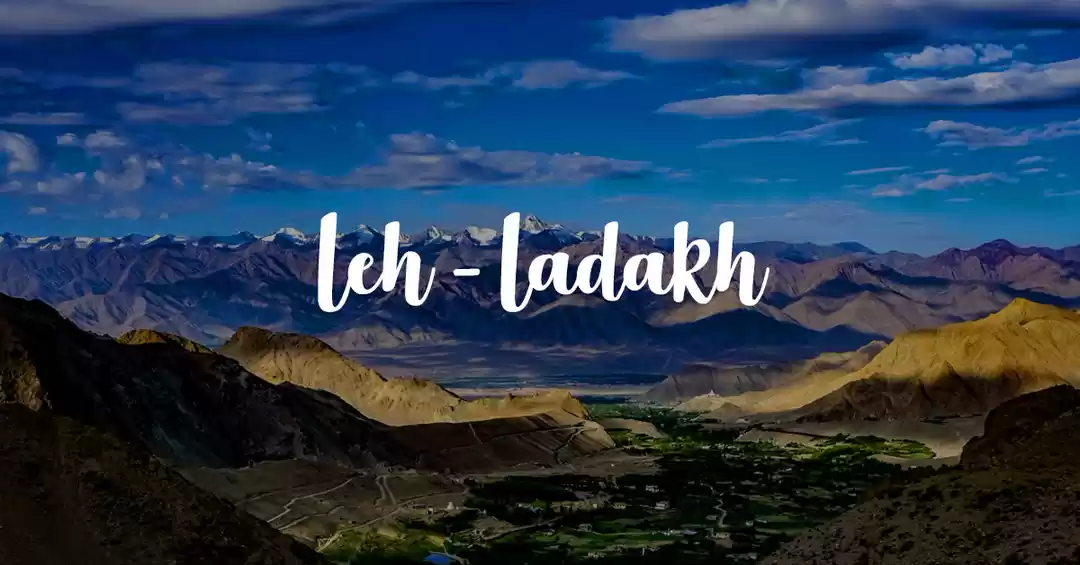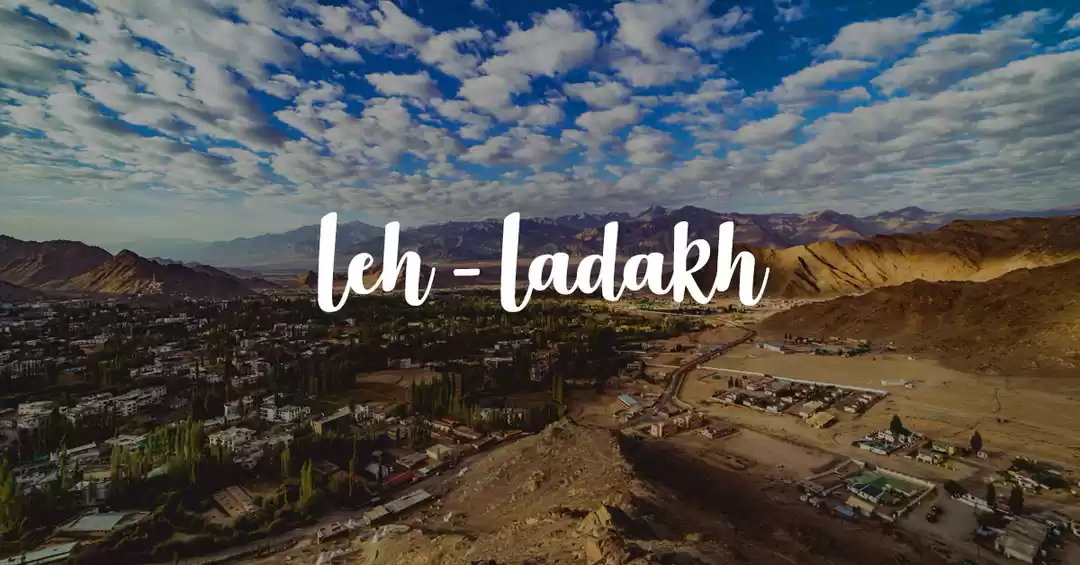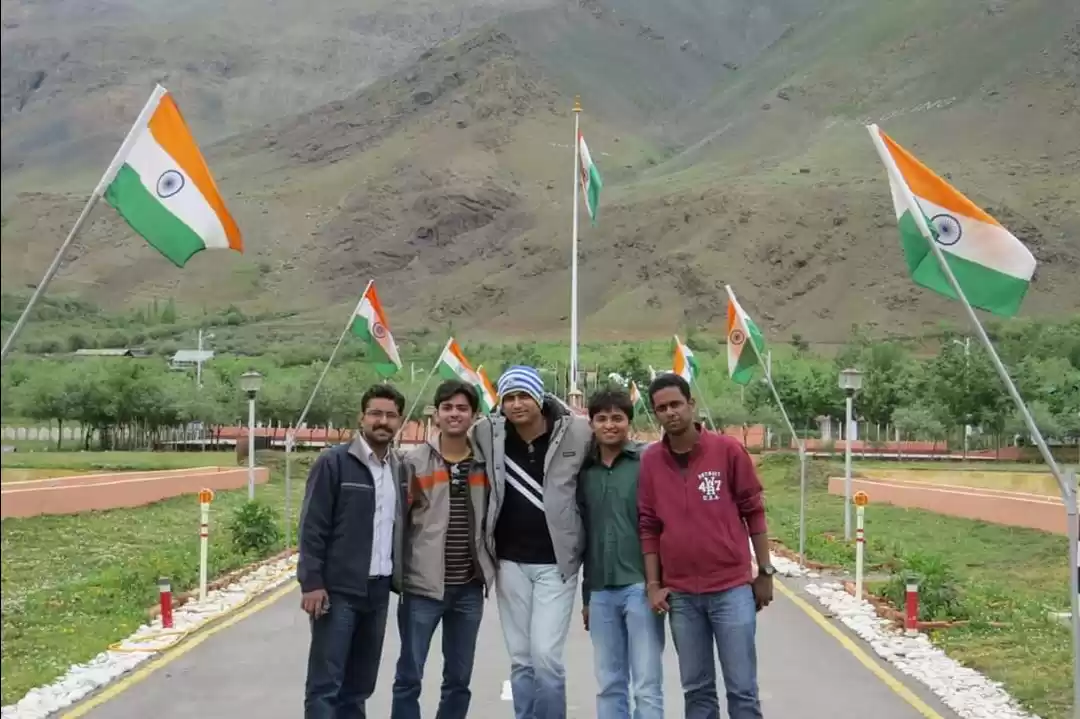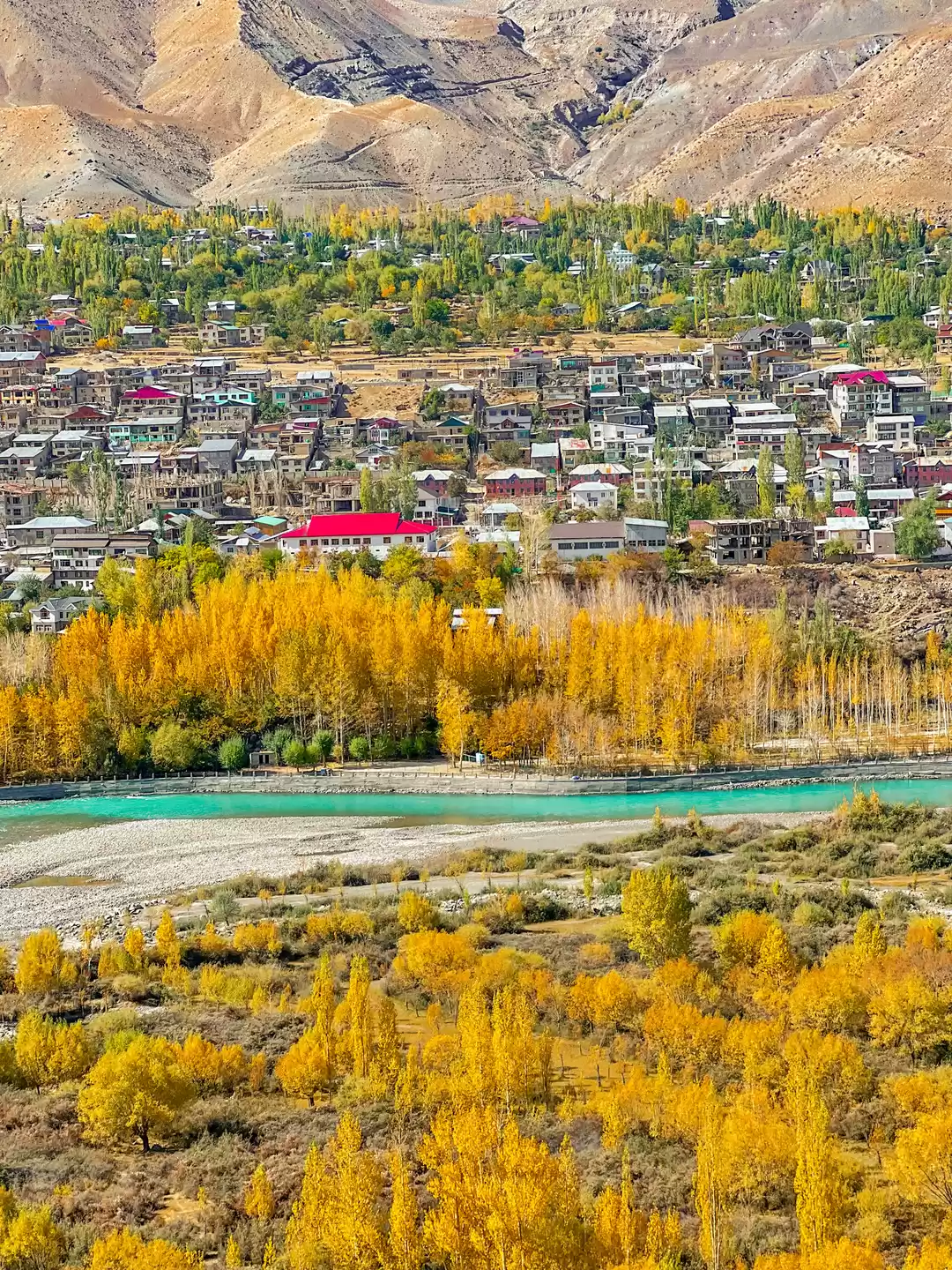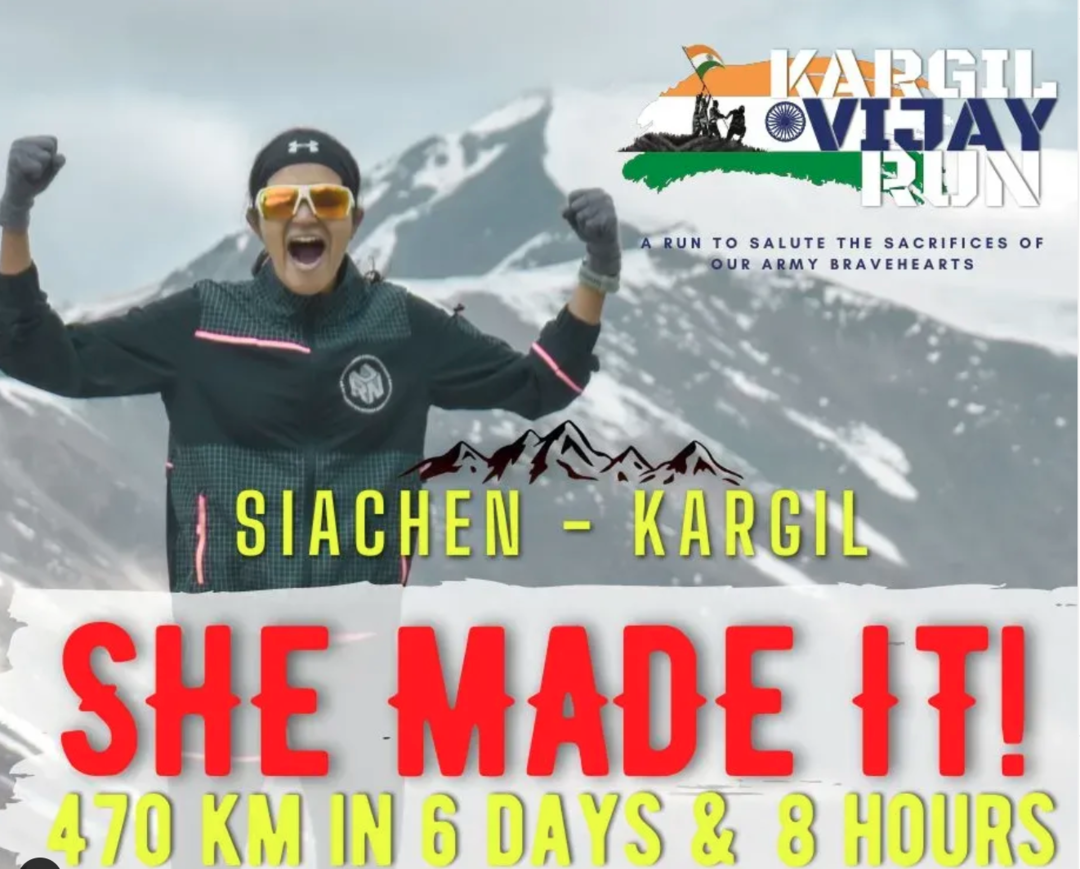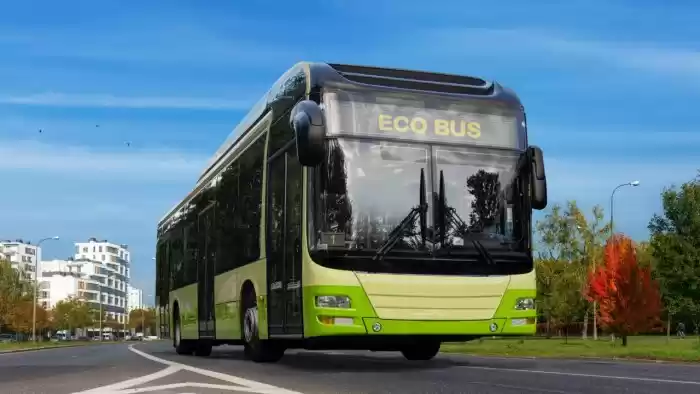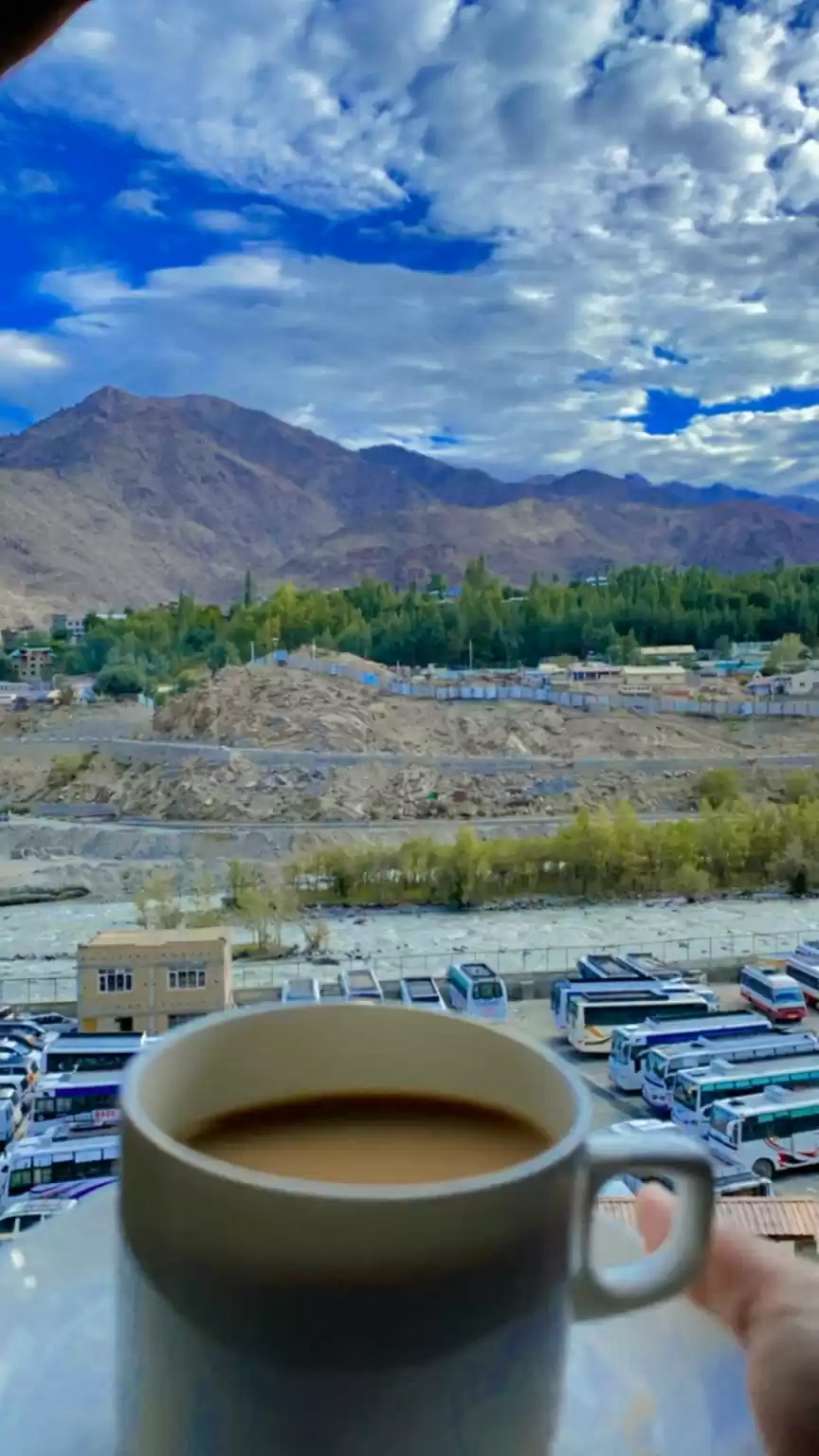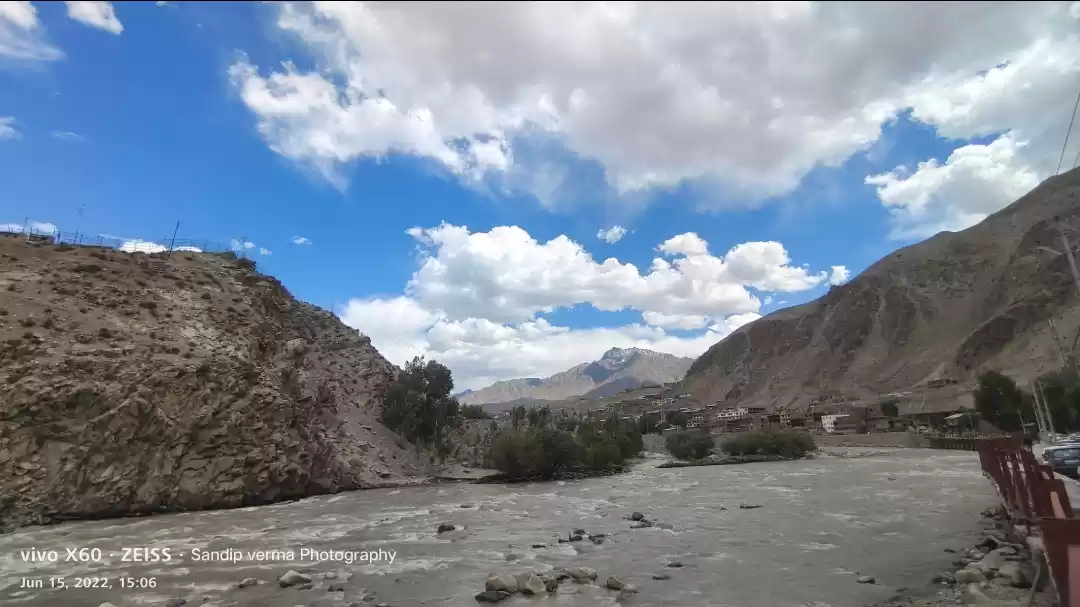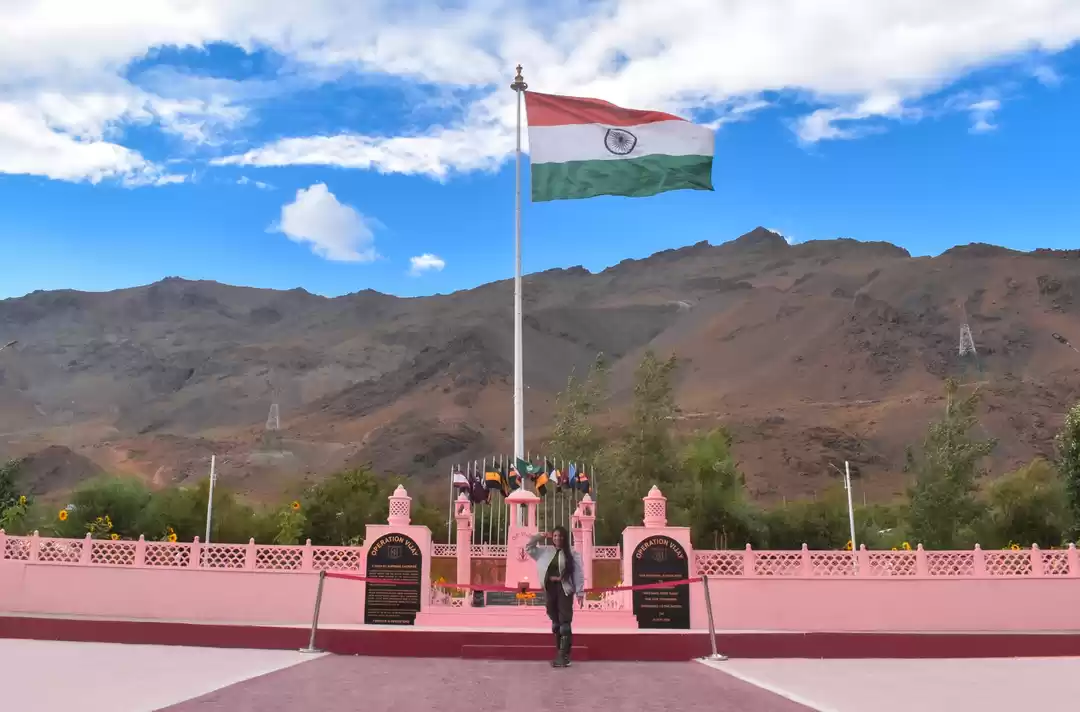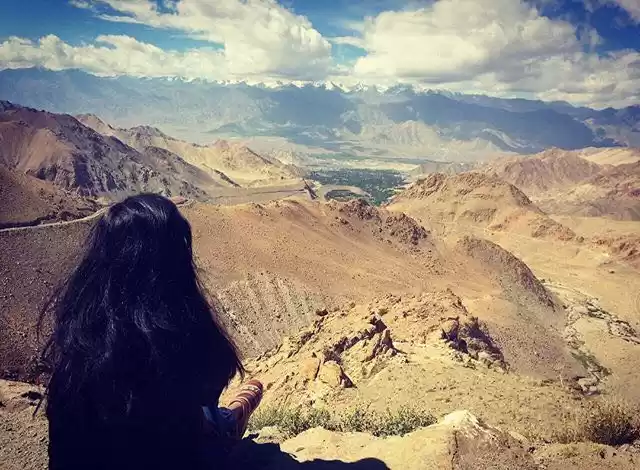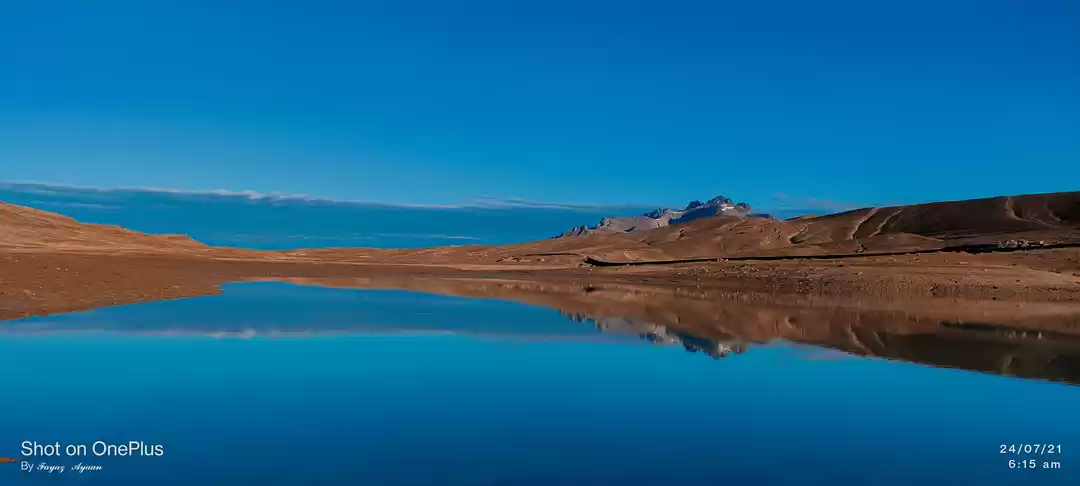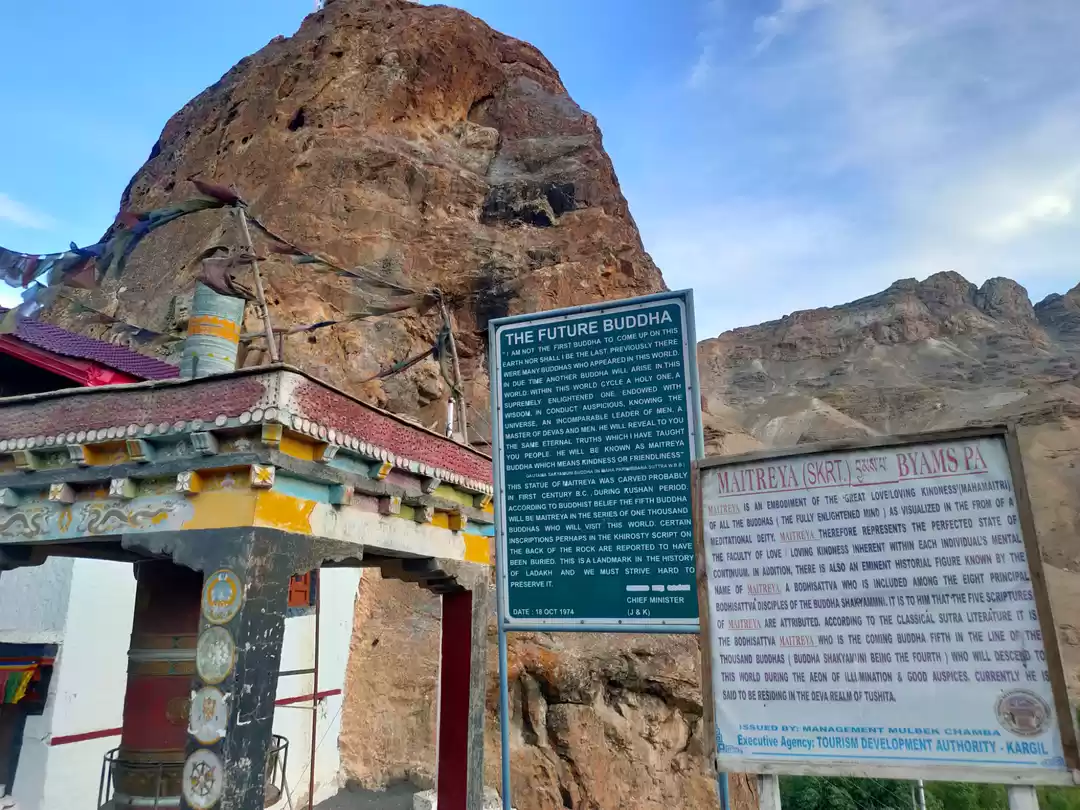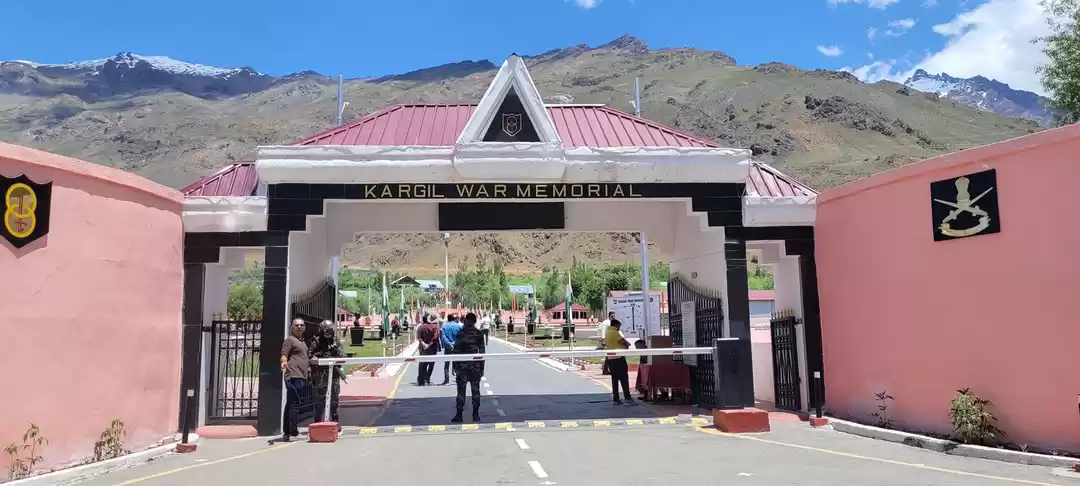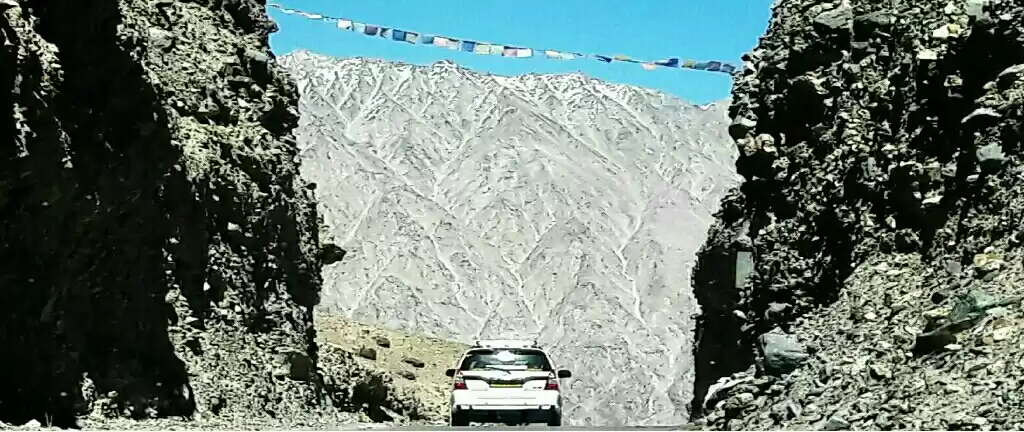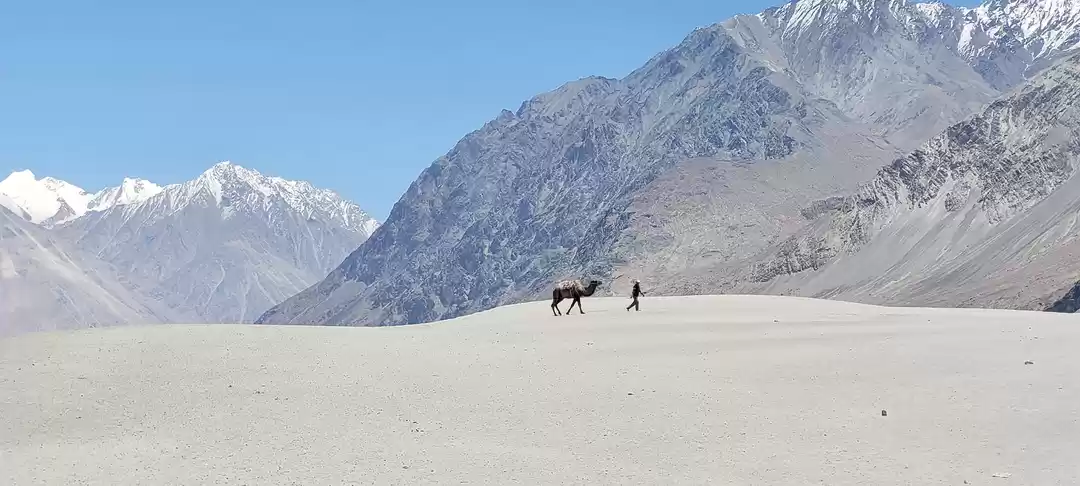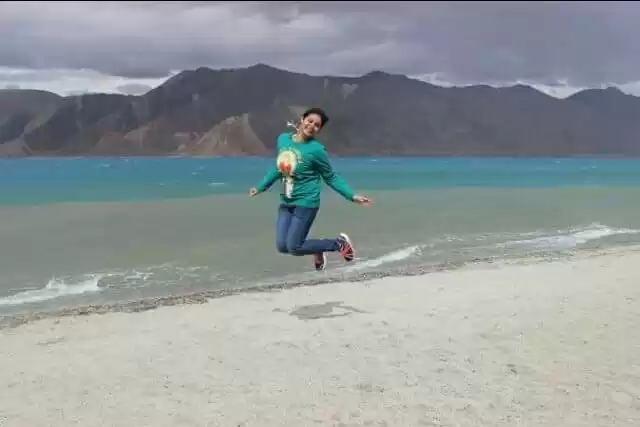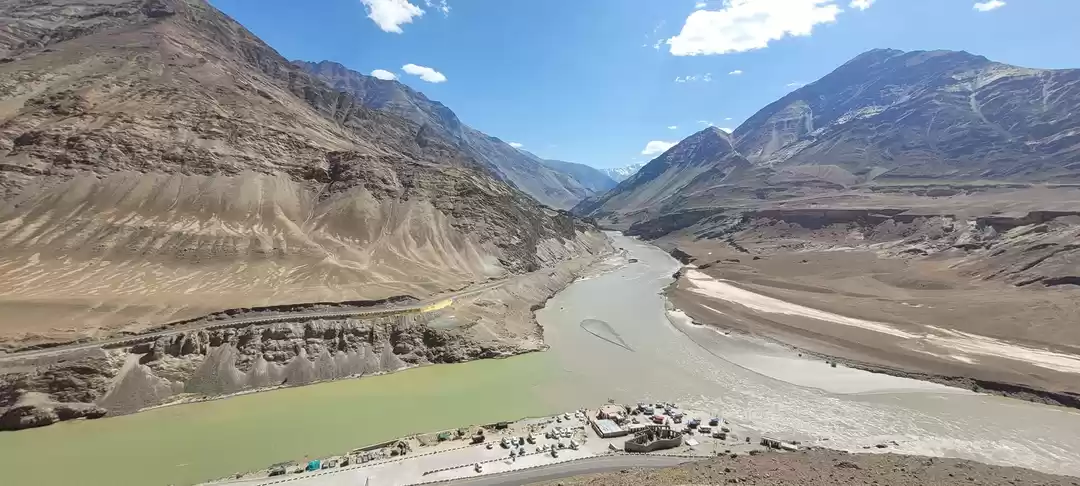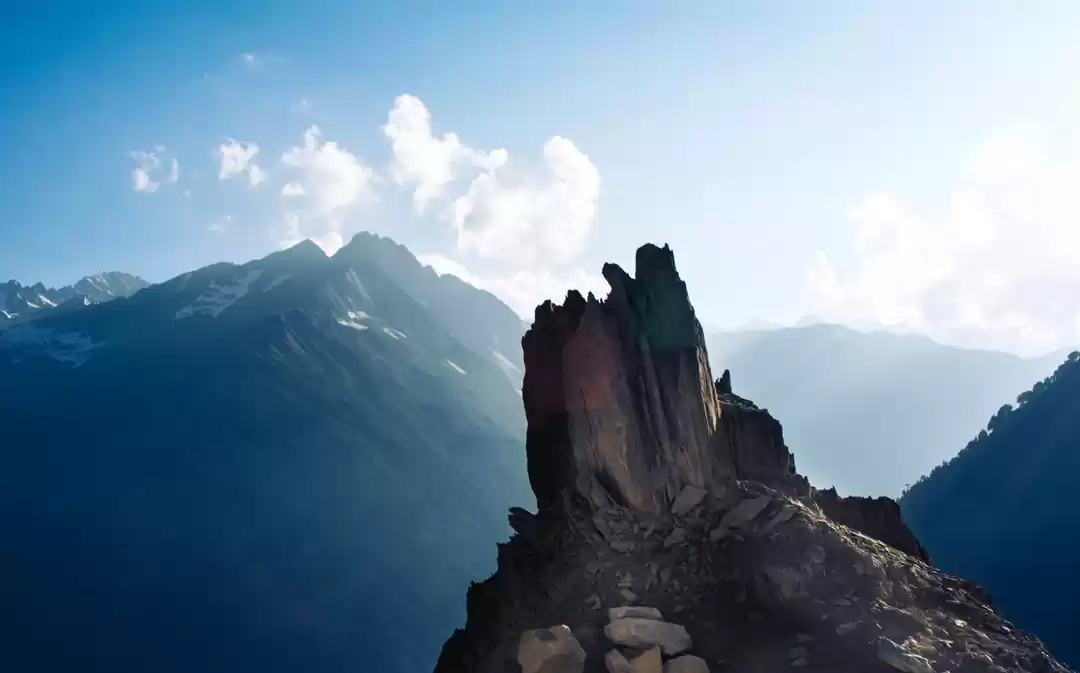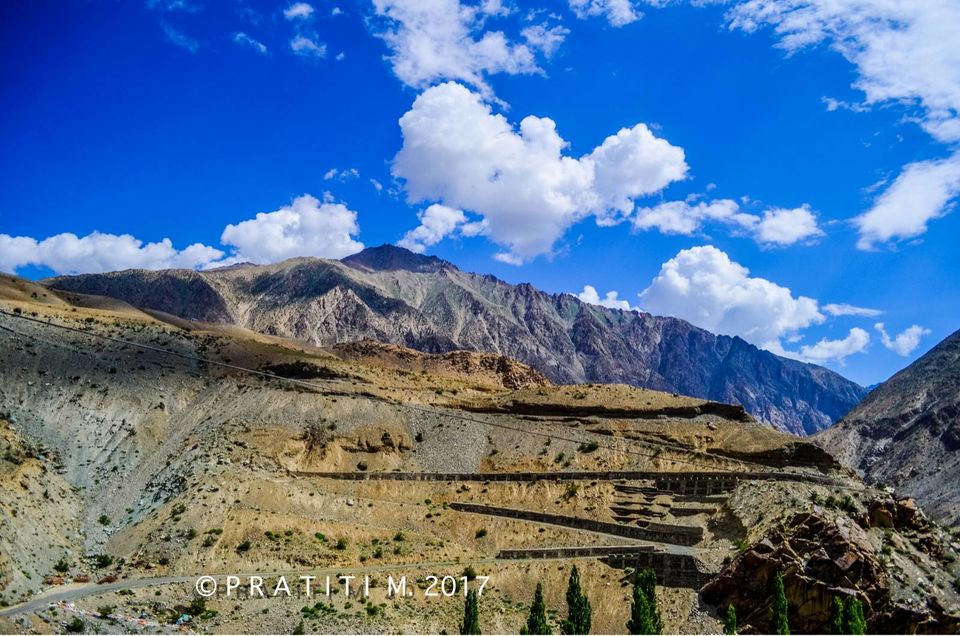
After an enthralling ride via Zoji-La and pumped up visit to Kargil War Memorial with the River Indus continuing to flow along-side us, we reached the hustling Kargil town at around 12 noon.
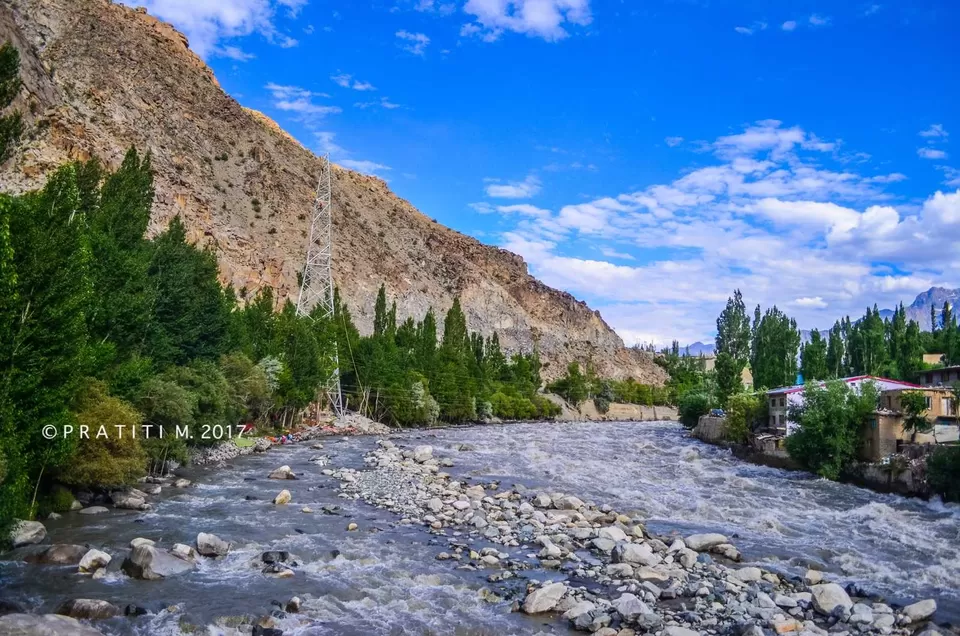
My immediate yearning reaching the town was to have momos/dumplings (my absolute favorite which I had been craving for a pretty long time). The hotel which was booked for us was Hotel Siachen which was right at the marketplace, so in a way accessible to any restaurant if you are not keen to have food in the Hotel Siachen itself. We were quite exhausted, perplexed whether to do some sightseeing in Kargil or not.
Leaving that aside, we freshened up and suddenly realized that all of us are starving terribly so we left the hotel to search for a nearby restaurant to gorge on food (momos for myself). We did come across a very popular restaurant right near the end of the marketplace (I have forgotten the name) but unfortunately it was full & there was no space for the 6 of us (also, they had ran out of momos :P). So we tried our luck at another restaurant nearer to our restaurant. The first question on entering the restaurant was from my side to the attendant was whether they have momos or not, to which, much to my jubilation, he replied in the affirmative. Myself & my brother ordered 2 bowls of thukpas while the rest of the squad ordered simple daal & chawal. Now, I hadn't given much importance to this aspect but the people there (and within the restaurant itself) had a very strange odour exuding from them. I couldn't decide the source of the stink but it came crystal clear when the thukpas arrived. The restaurants there had no chicken items, all they had were lamb items. So we had ordered lamb thukpas and the malodour was intolerable. I just took one bite and couldn't put anymore inside my mouth. Thankfully my brother finished up the two bowls. Poor me - I had to share the daal & chawal with the rest of them (the daal was equally disastrous).
After having the deplorable lunch, we were just strolling along the market and came to the local taxi-stand where we met quite an enthusiastic driver who was more than welcoming to show us around Kargil. He requested INR1500 for the total trip to which we said we would consider. So off we started in his Maruti Omni. He was quite an engaging guy, telling us tales of how the Kargil War started (I doubt the authenticity of his stories though).
So our driver wanted to take us to the last village in Kargil near LOC, a village named Hundurmaan (or Hundermaan). I don't want to repeat how phenomenal, stunning the landscape was. Let the pictures do the talking.
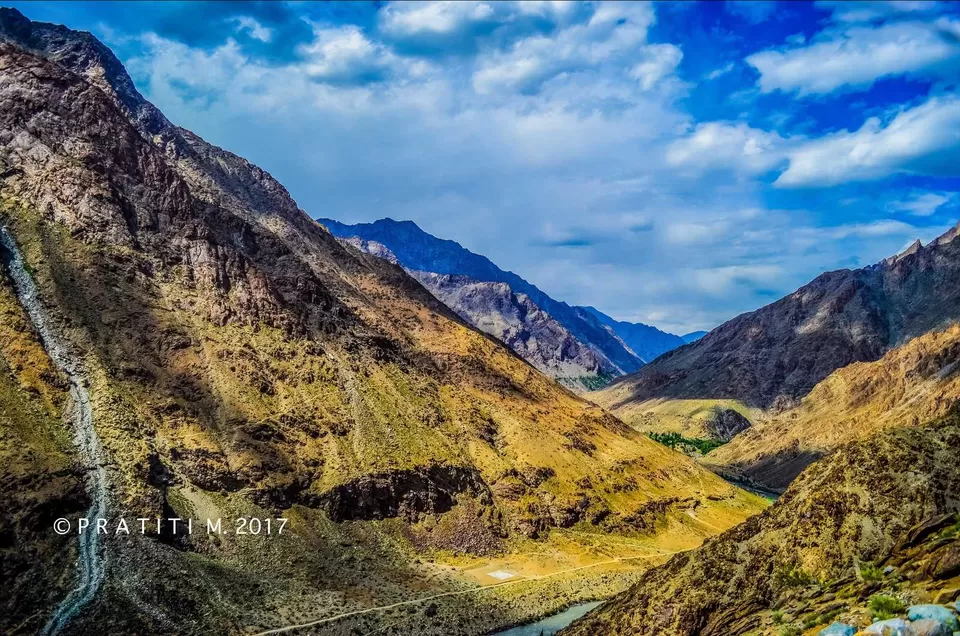
At one point of time, there came a moment when my school-buddy was almost sure that our driver had lost his way or he was kidnapping us away (yeah, wild imaginations).
We continued to ascend (the road on the left descends to the Indus River below). Further up, we halted at a tapri (tea-stall) to absorb the magnificence of the majestic Himalayas.


After some photo-sessions, we continued our journey to the village. Here's a trivia- the village comprised of only around 200 inhabitants; the school, the medical facilities, the raw materials required by the villagers - everything are provided by the Indian Army. The villagers here are exceedingly grateful to the Indian Army for their survival.
They trek to great heights where the Indian Army are positioned for bordering the LOC and provide them with daily essentials starting from food, warm blankets during the harsh winter season.
So on our way back to Kargil town, our friendly yet chatty driver shared with us the story of how Kargil War started. Apparently, they already had this intel that the enemy forces would be attacking our country so the Indian Army had instructed the whole Kargil town to switch off their electricity & stay in the dark as long as they are not convinced that they were out of danger. The whole town of Kargil were rigidly united in achieving this feat excepting that some villager couldn't resist himself a smoke & he lighted a matchstick; the enemy started firing bullets aiming that flickering matchstick and so that was the inception of Kargil War. (We do not have the authenticity of this story though.)
The name of the museum is Munshi Aziz Bhat Museum of Central Asian and Kargil Trade Artifacts. It is a rich repository of ancient articles & commodities dating back to many centuries ago. One can enrich themselves of the rich heritage of Kargil and the local tribes in the surrounding areas e.g. the Indo-Aryan tribe; there was also an old black & white picture of people carrying commodities on their mules (?) via the ancient Silk Route. This museum is a MUST visit for anyone who loves history. One gets to know about the various valuables & instruments some of which, in my opinion, were far ahead of their times.
To my readers, please do visit the museum, I promise you will not lose anything but attain a lot - something which will stay with you for your lifetime. The entrance fee is as low as ₹ 10 as the museum survives mainly on donation (hence we donated generously as much as we could).











